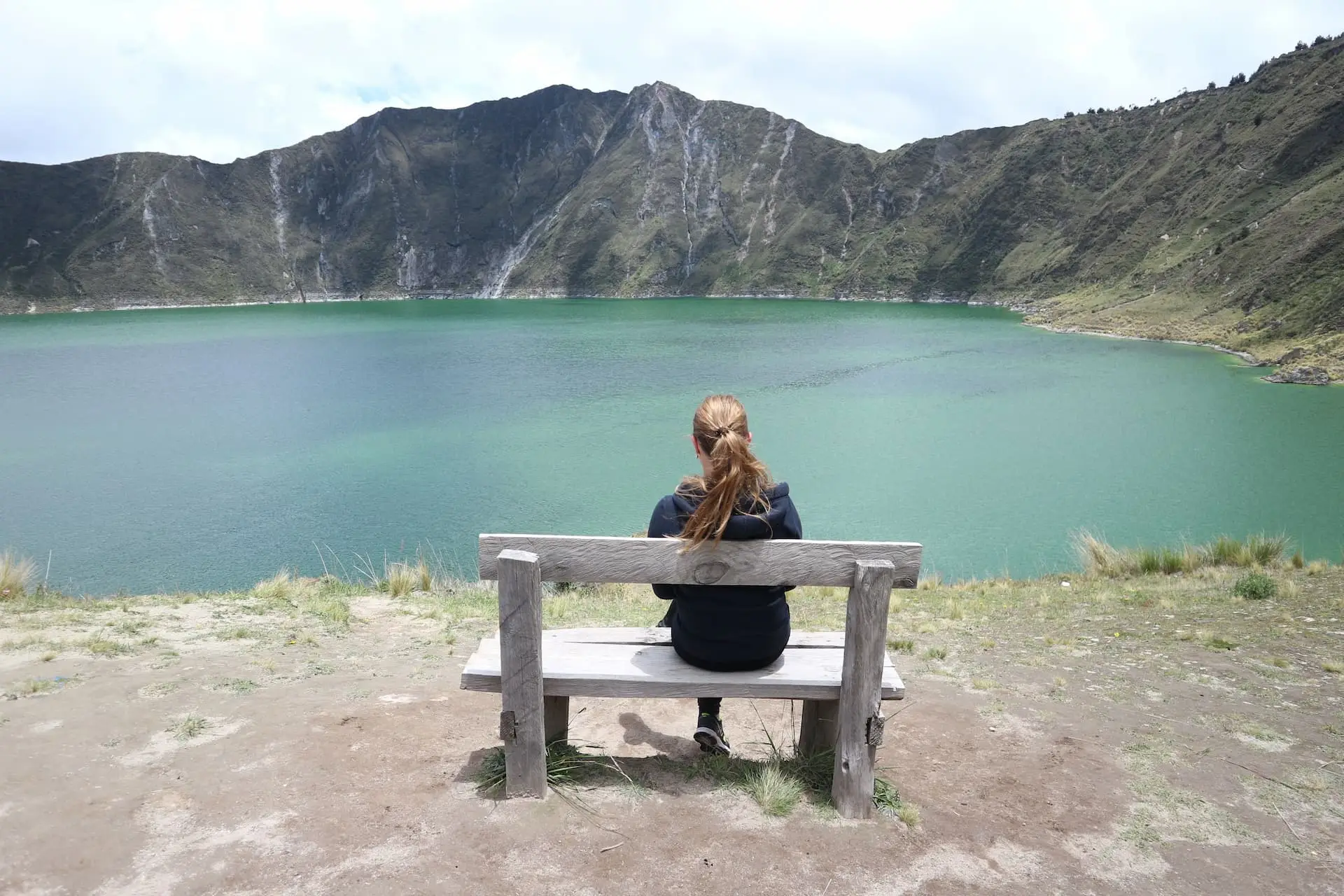The peaks of Chimorazo, Cayambe, Cotopaxi, and Antisana are considered the most important for climbing in Ecuador due to several reasons:
Altitude: All four of these peaks are over 5.000 meters (16,400 feet) in altitude, with Chimborazo being the highest at 6.310 meters (20,703 feet). This makes them a popular destination for experienced climbers looking to test their skills and endurance at high altitudes.
Accessibility: These peaks are located relatively close to major cities in Ecuador, making them easily accessible for climbers. For example, Cotopaxi is just a few hours’ drive from Quito, the capital city of Ecuador.
Technical difficulty: While these peaks are accessible, they also offer a variety of technical challenges for climbers, including steep slopes, icy conditions, and crevasses. This makes them attractive to experienced climbers looking for a challenge.
Natural Beauty: The peaks of Chimorzao, Cayambe, Cotopaxi, and Antisana are all located within national parks in Ecuador, offering stunning views of the surrounding Andean mountains, glaciers, and high-altitude ecosystems. This natural beauty attracts not only climbers but also hikers, trekkers, and nature lovers.
Overall, these peaks are important for climbing in Ecuador due to their high altitude, accessibility, technical challenges, and natural beauty.
The Chimborazo volcano in Ecuador is a popular destination for climbers. With an elevation of 6,310 meters (20,703 feet), it is the highest peak in Ecuador and one of the highest in the Andes. Climbing Chimborazo can be a challenging experience due to its altitude, unpredictable weather, and technical difficulties such as ice and snow. However, with proper preparation and a skilled guide, climbers can successfully summit Chimborazo and enjoy the breathtaking views from the top. It is important to note that climbing Chimborazo requires a certain level of fitness, experience, and acclimatization to high altitude. Climbers should also be aware of the potential risks and hazards associated with high-altitude mountaineering.
Cayambe volcano in Ecuador is another popular destination for climbers. With an elevation of 5,790 meters (18,996 feet), Cayambe is the third-highest peak in Ecuador and the third-highest active volcano in the world. Climbing Cayambe can be a challenging and technical experience due to its steep slopes, crevasses, and changing weather conditions. However, the climb also offers stunning views of the surrounding Andean mountains and glaciers. As with climbing Chimborazo, climbers should have a certain level of fitness, experience, and acclimatization to high altitude before attempting to climb Cayambe. It is also important to climb with a skilled guide and to be aware of the potential risks and hazards associated with high-altitude mountaineering.
Cotopaxi volcano in Ecuador is also a popular destination for climbers. With an elevation of 5,897 meters (19,347 feet), Cotopaxi is the second-highest peak in Ecuador and one of the highest active volcanoes in the world. Climbing Cotopaxi can be a challenging and technical experience due to its steep slopes, ice, and crevasses. However, it offers climbers stunning views of the surrounding Andean mountains, valleys, and glaciers. As with climbing Chimborazo and Cayambe, climbers should have a certain level of fitness, experience, and acclimatization to high altitudes before attempting to climb Cotopaxi. It is also important to climb with a skilled guide and to be aware of the potential risks and hazards associated with high-altitude mountaineering.
Antisana volcano in Ecuador is also considered a good destination for climbing, although it is less frequently climbed than Chimborazo, Cayambe, and Cotopaxi. With an elevation of 5,704 meters (18,714 feet), Antisana is the fourth-highest peak in Ecuador and is located in a remote region of the country. Climbing Antisana requires a certain level of technical skill, as it features steep snow and ice slopes, crevasses, and avalanche hazards. However, the climb also offers stunning views of the surrounding Andean mountains and valleys. As with climbing any high-altitude peak, climbers should have a certain level of fitness, experience, and acclimatization before attempting to climb Antisana, and should climb with a skilled guide and be aware of the potential risks and hazards.
The best time to climb the important peaks in Ecuador, including Chimborazo, Cayambe, Cotopaxi, and Antisana, is during the country's dry season, which typically runs from June to September. During this time, you can expect clearer skies and better climbing conditions, although keep in mind that the weather can still be unpredictable, and it's always essential to be prepared for sudden changes in conditions.



